refracted light
The light shines in the darkness, and the darkness did not overtake it
I’ve been paying a lot of attention to light.
This fascination started towards the end of my time at Princeton. As classes began to wind down and my thesis moved from my desk to my advisor’s, I started taking more walks around the town, visiting my favorite coffee shop, sitting in Palmer Square, browsing the aisles of Labyrinth Books, and strolling around the University campus.
These were the first glimpses of summer, and with them came the long hours of warm light shining through stained-glass windows and towering trees. Spending time attuned to light bent and shadowed became a means of appreciation and opportunities for devotion—sacred moments of God’s presence in the world.
When Emily and I moved to Milwaukee, my attention to light only grew stronger. In a new home, I found light in new places. A reminder that God was still with us.
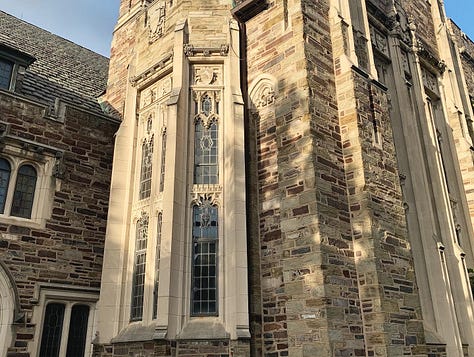
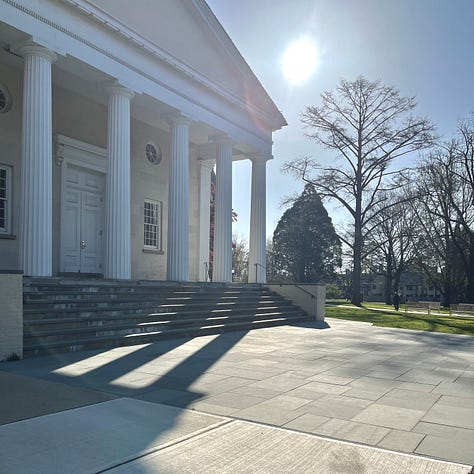

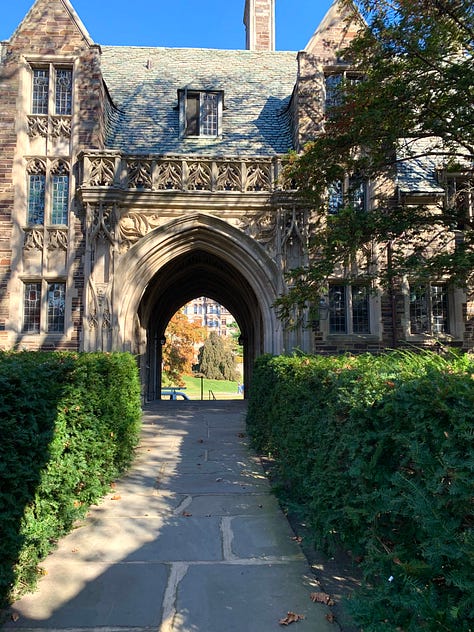


The Gospel writer, John, opens his witness to Jesus Christ in this way:
In the beginning was the Word, and the Word was with God, and the Word was God. He was in the beginning with God. All things came into being through him, and without him not one thing came into being. What has come into being in him was life, and the life was the light of all people. The light shines in the darkness (σκοτίᾳ), and the darkness did not overtake (κατέλαβεν) it.
This theme of originating light is also affirmed by Jesus: “I am the light of the world” he claims before the Pharisees. “Whoever follows me will never walk in darkness but will have the light of life” (John 8). “As long as I am in the world, I am the light of the world” (John 9).
Again, in his first letter, John returns to this imagery: This is the message we have heard from him and declare to you: God is light; in him there is no darkness at all. (1 John 1).
The early church found this image to be of such incredible importance that it was written into their creeds: “I believe in one Lord Jesus Christ, the Only Begotten Son of God, born of the Father before all ages. God from God, Light from Light, true God from true God.”
Over and over again, the Scriptures and the witnesses of the church attest to the luminary power of God to light our path, clear our minds, and drive out evil from our soul. There is no question, God is pure light.
However, pure light is too great for us to see.
When God passes in front of Moses, his entire face glows with radiance (Exodus 34). When Elijah senses God’s presence in the silence of a cave, he knows to cover his face before speaking with God, lest he sees God passing before him (1 Kings 19). At the transfiguration, the presence of God was so great that the disciples there fell to the ground and were overcome by fear (Matthew 5).
Paul summarizes this well in his letter to the Corinthians:
“For now we see in a mirror, dimly, but then we will see face to face” (1 Corinthians 13).
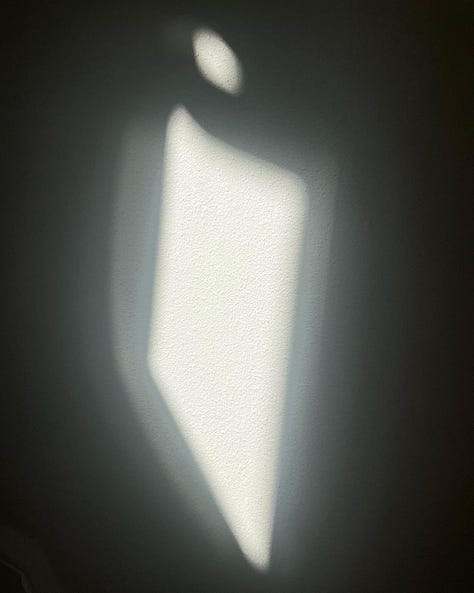
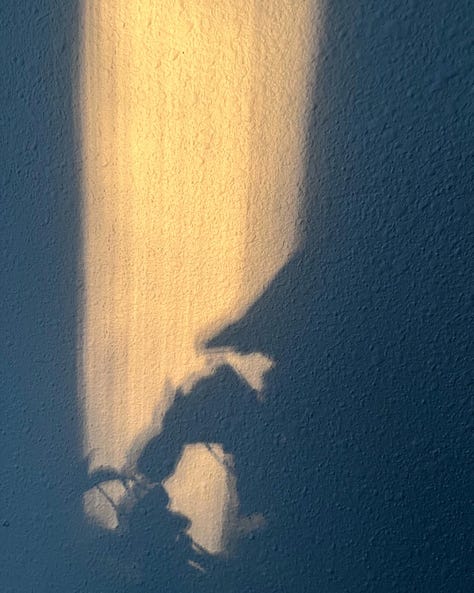
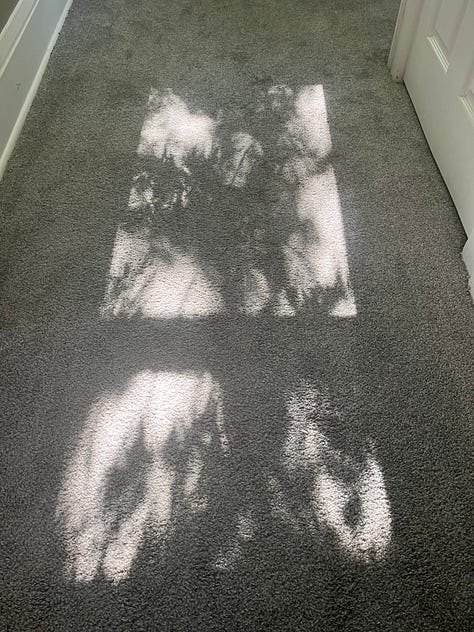
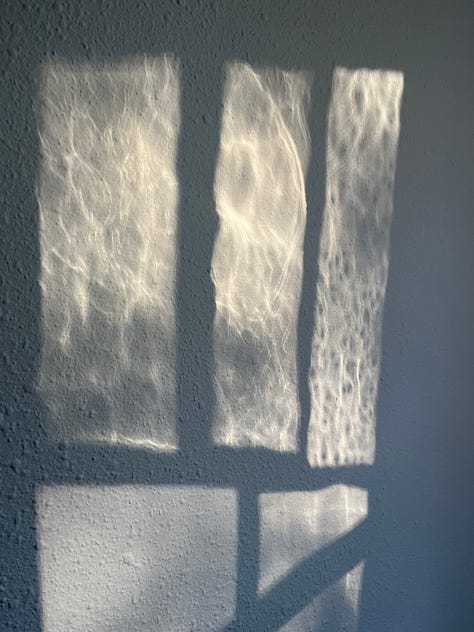



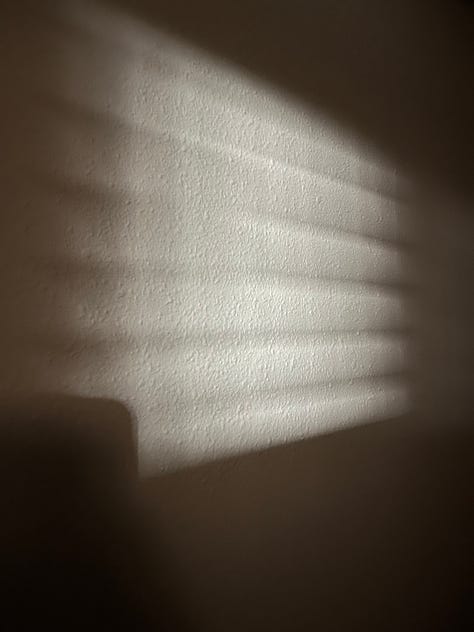
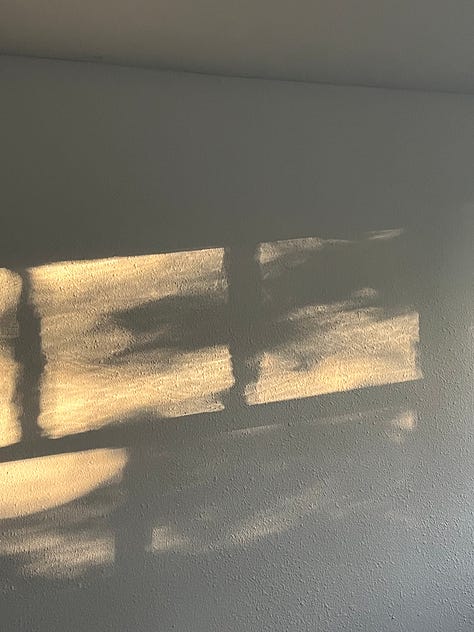
I believe God reveals Godself to us through refracted light. God’s pure light is shaped and bent through sacred mirrors that illuminate our world. While the source remains the same, the curvature, shades, and hues change as social locations and perspectives change.
Even more, as followers of Jesus we become this sacred glass through which God’s light is refracted. Jesus tells his followers:
“You are the light of the world. A city built on a hill cannot be hid. 15 People do not light a lamp and put it under the bushel basket; rather, they put it on the lampstand, and it gives light to all in the house. 16 In the same way, let your light shine before others, so that they may see your good works and give glory to your Father in heaven. (Matthew 5)
The power and weight of this statement is hard to grasp. Even in our imperfections and fragility, God has chosen us, like John (John 1:8), to be bearers of God’s pure light in the world. The way we move within and orient ourselves toward the world bends and shapes this light in beautiful ways that reveal the complexities and intricacies of an infinite God.

Last October, South Asians across the world celebrated Diwali: the festival of lights. As Ashish Varma explains in a brilliant essay, the religious stories that inspire this celebration vary by community and region—from Rama’s victory over Ravana and rescue of his bride Sita to the rebirth of Lakshmi— but the core image remains the same: Light. The symbol of good overcoming darkness and banishing evil.
Diwali, for Varma, is a mirror that the pure light of God might be reflected for the world to see that Jesus is the the Light who entered into darkness but whom the darkness could not overcome.
This describes well the work of refracting the light of God in the world—bearing witness to the Light that comes from Light through our particular bodies and locations in which God has placed us.
This task can often feel daunting. Like the Psalmist, we might be convinced that “surely the darkness will hide me and the light become night around me.” In return, we might rejoice and rest in the truth that “even the darkness will not be dark to you; the night will shine like the day, for darkness is as light to you.” (Psalm 139).
Reading:
Carissa Zaffiro, “The Epiphany of Our Refugee Savior” (Sojourners)
Anne Snyder, “Turning the Tide: A new page in Christian influence” (Comment Magazine)
Watching:
Kalidescope (Netflix)
Cabin in the Woods (HBO)
The Nightman Cometh (with Lin-Manuel Miranda & Cormac Bluestone!) | The Always Sunny Podcast (Youtube)



